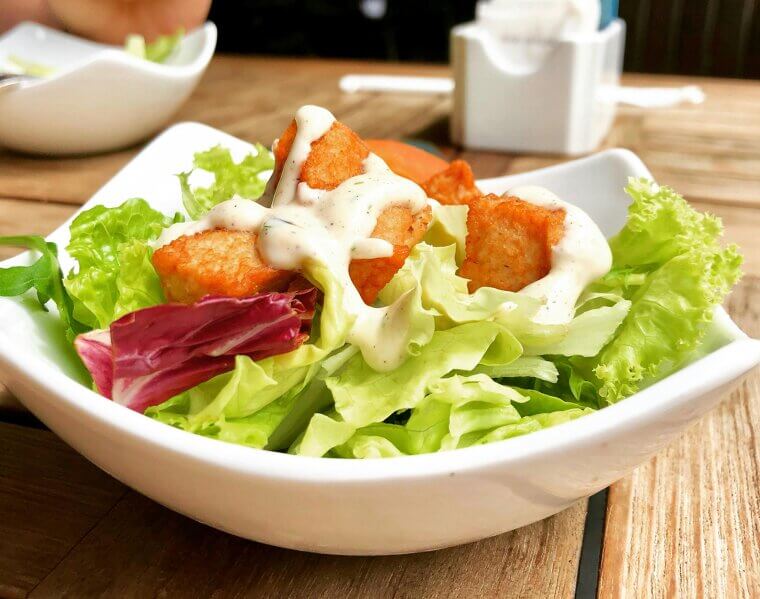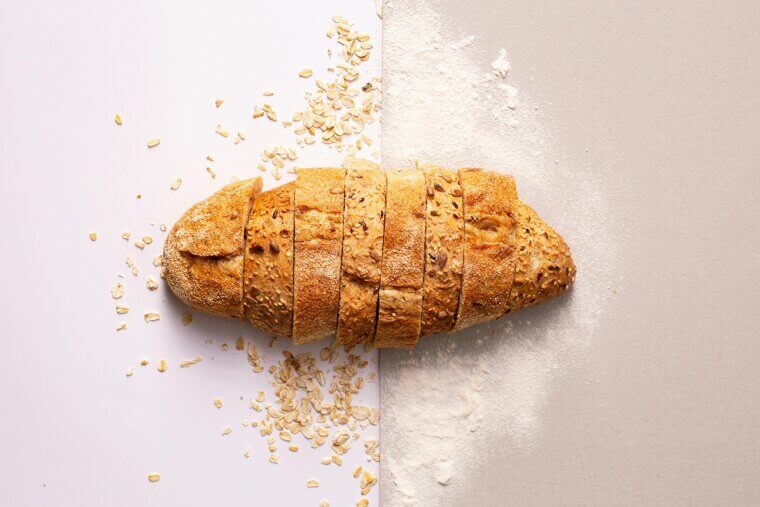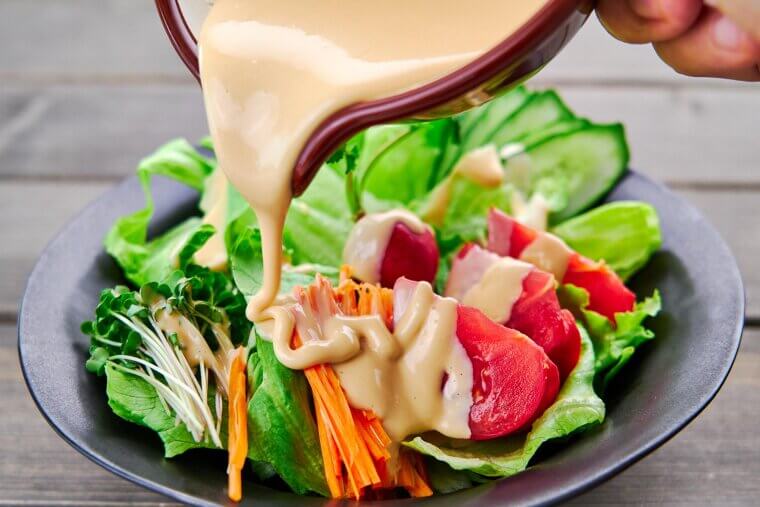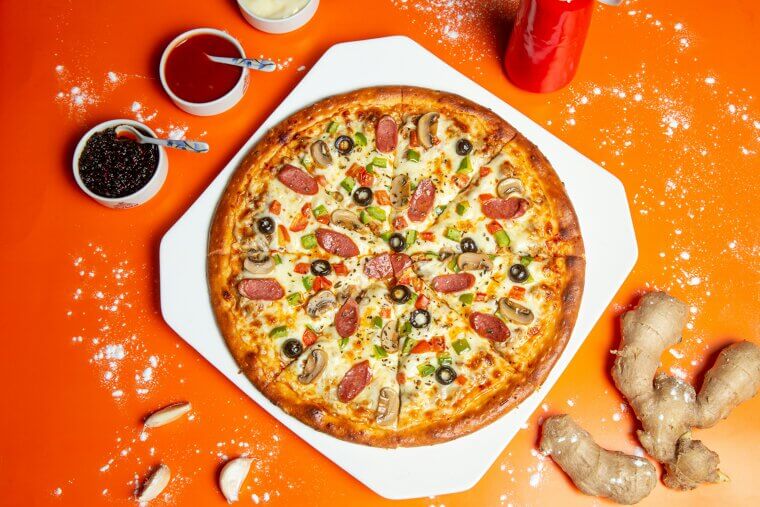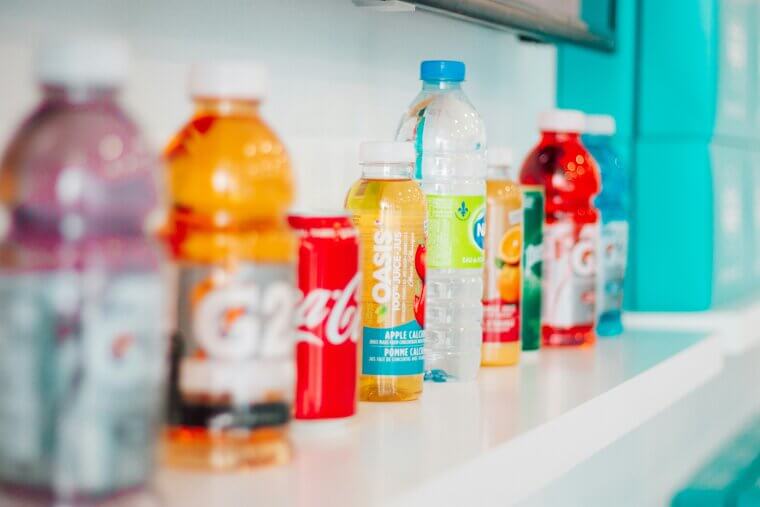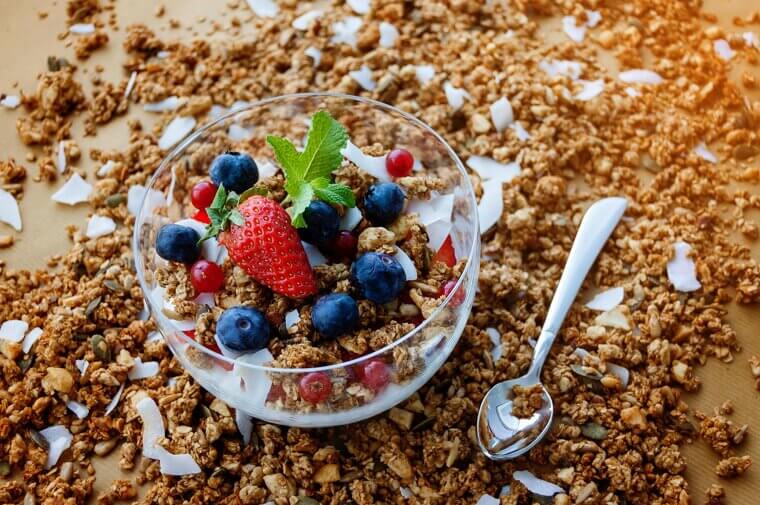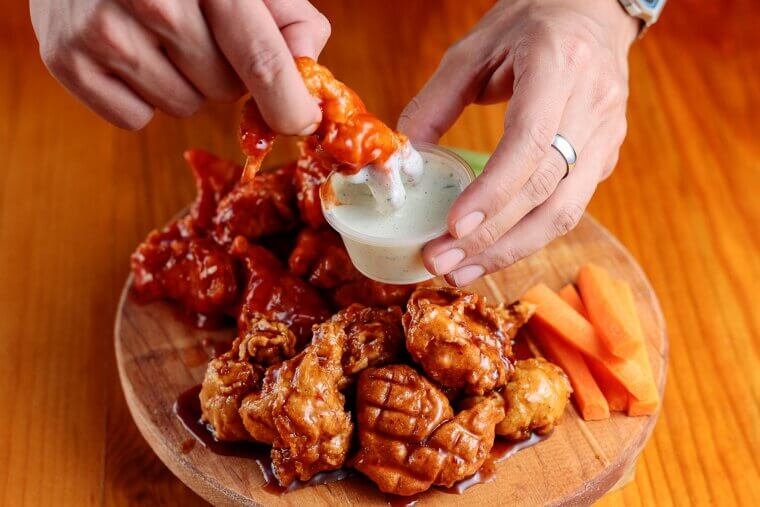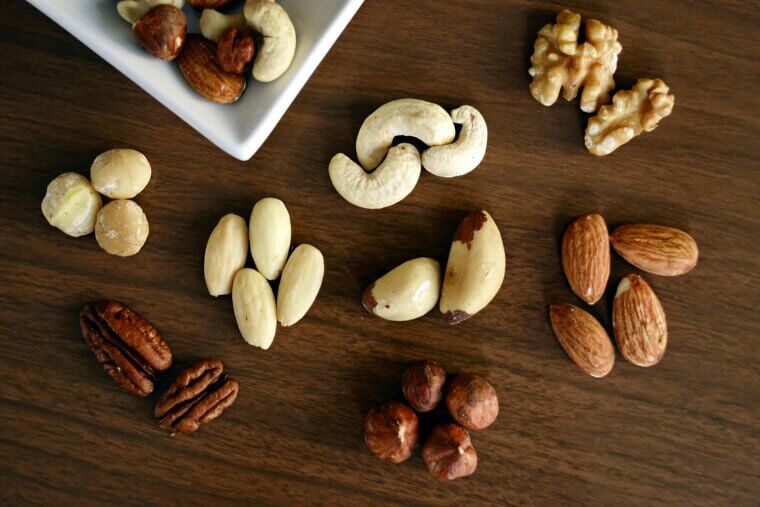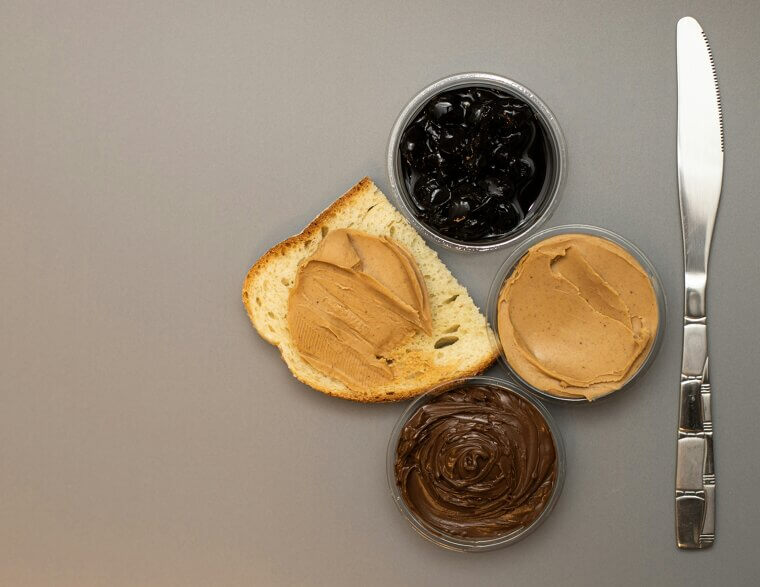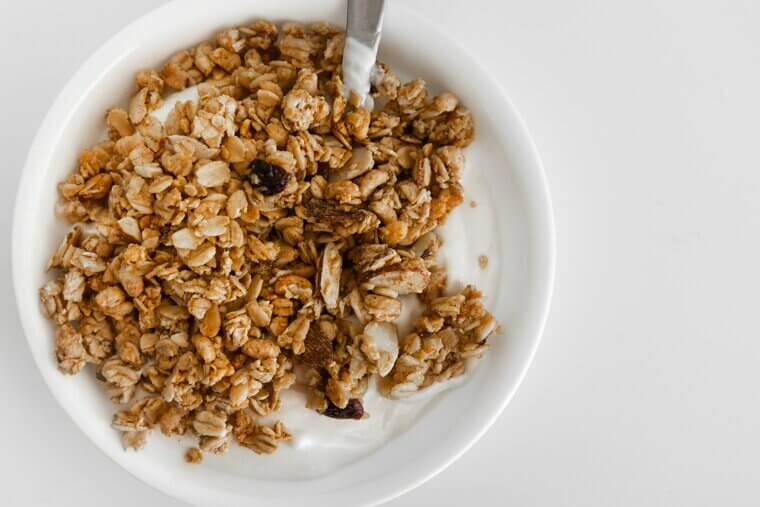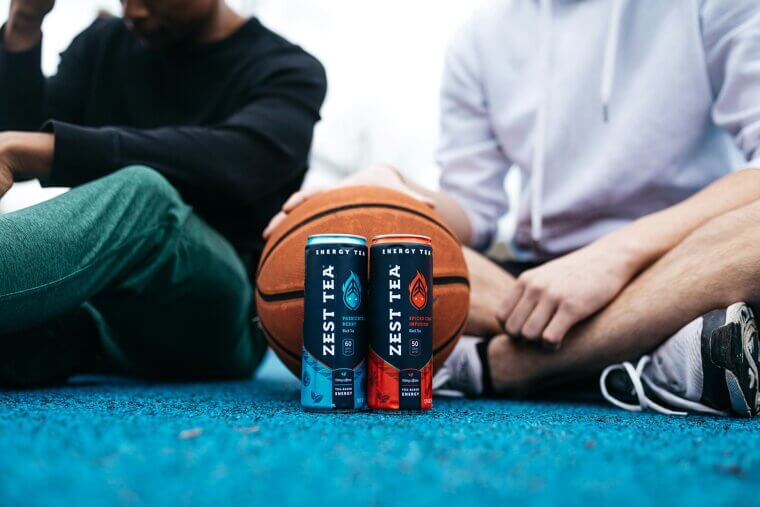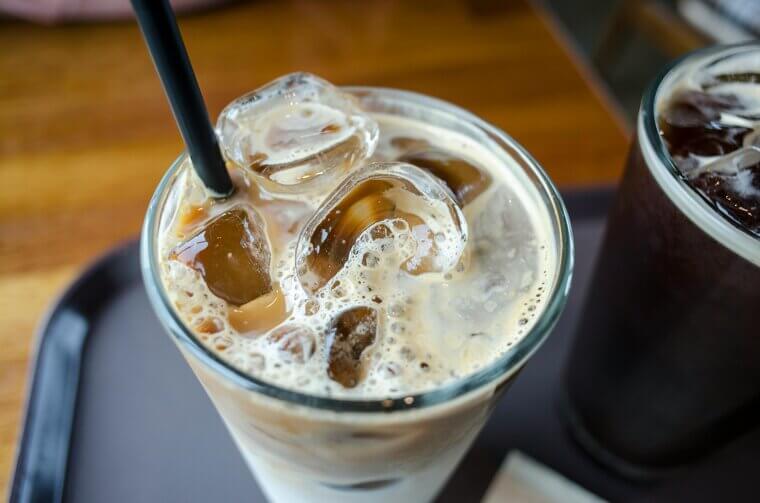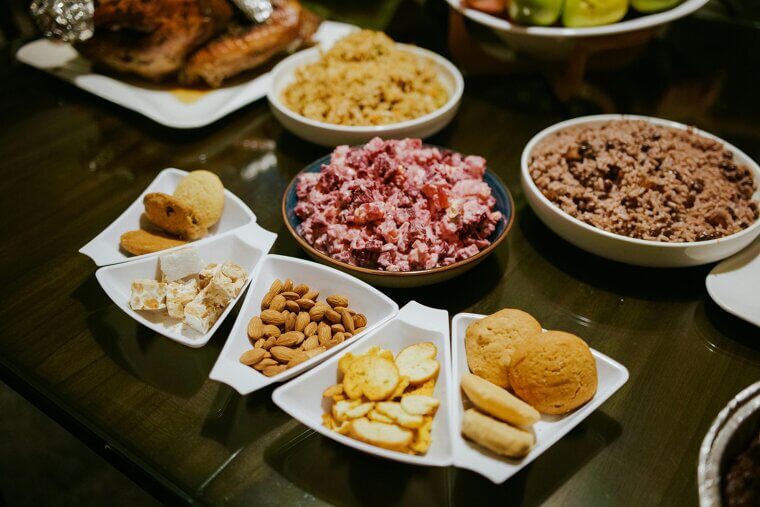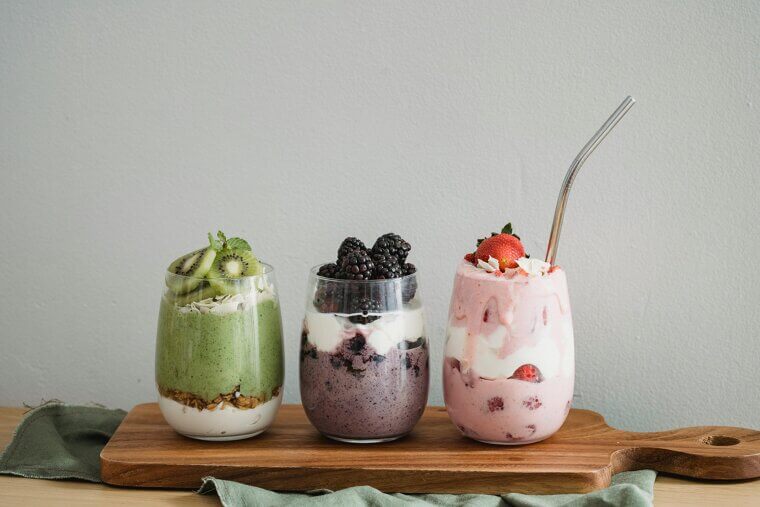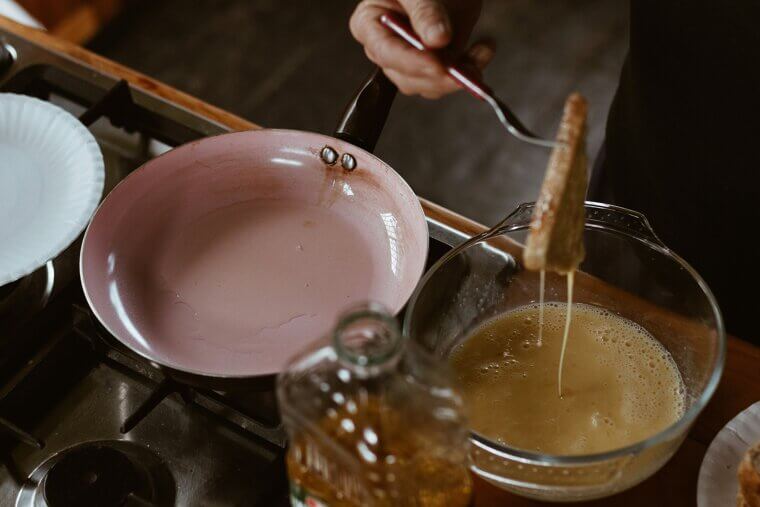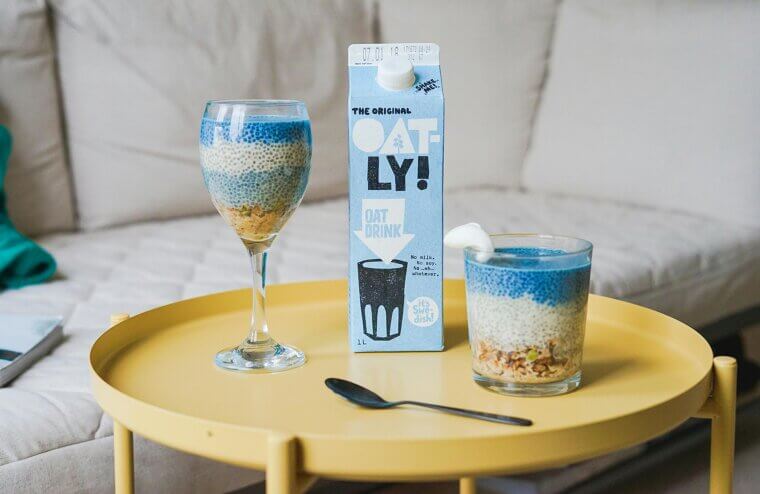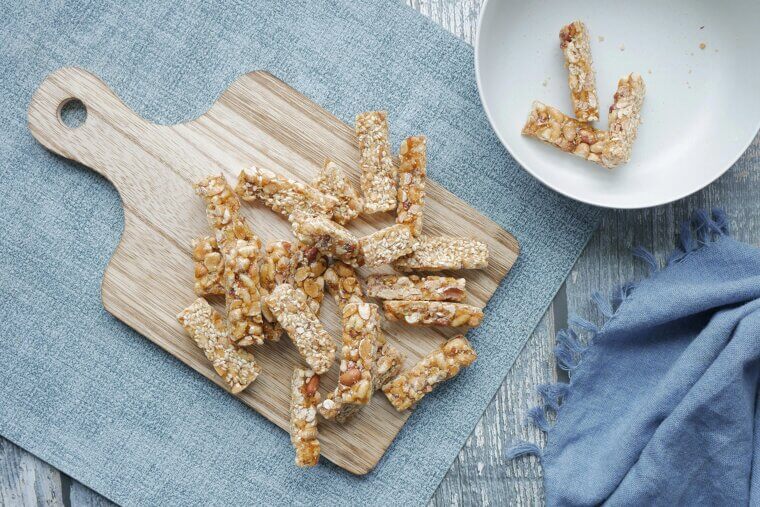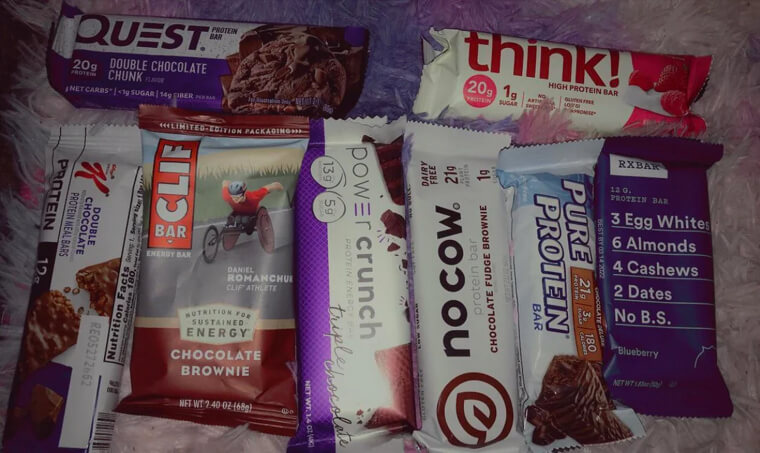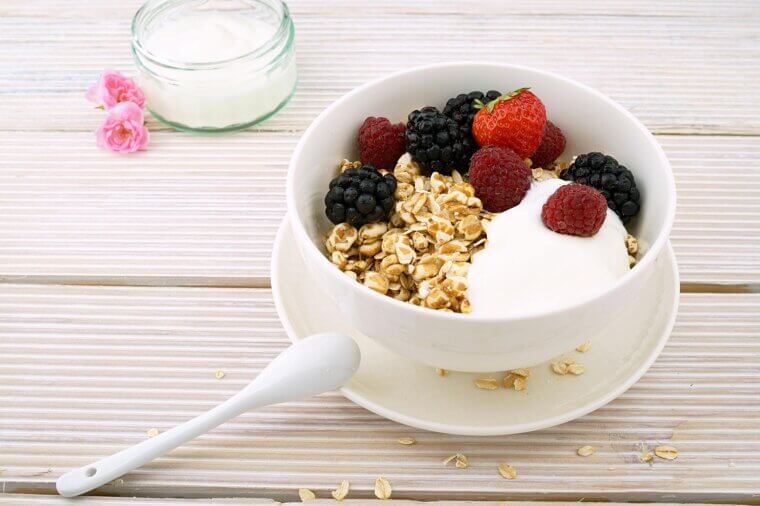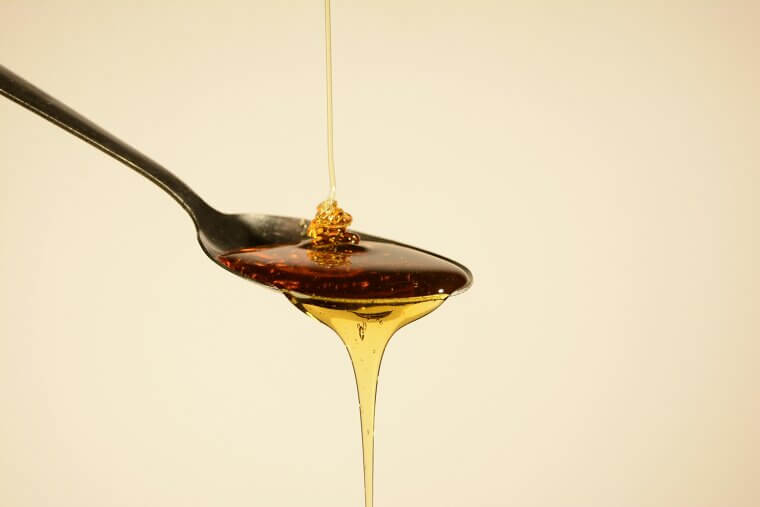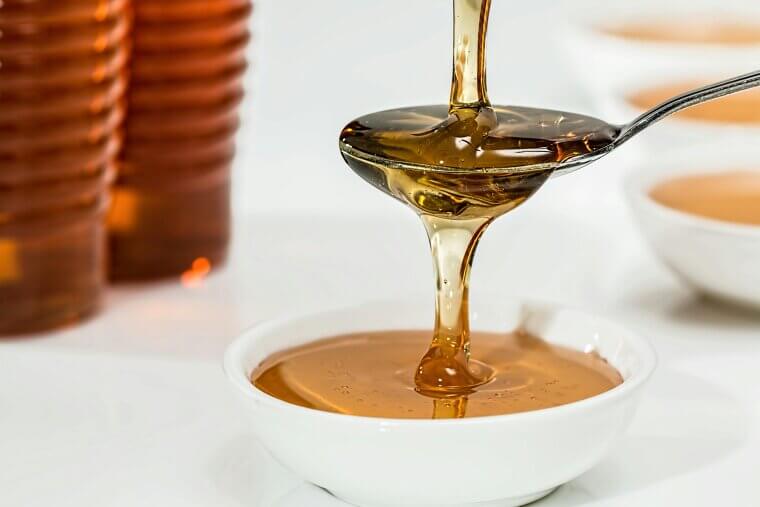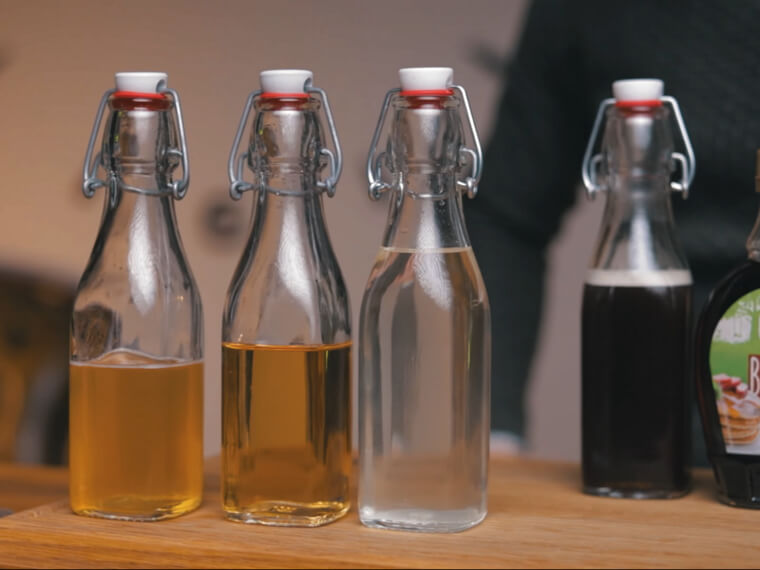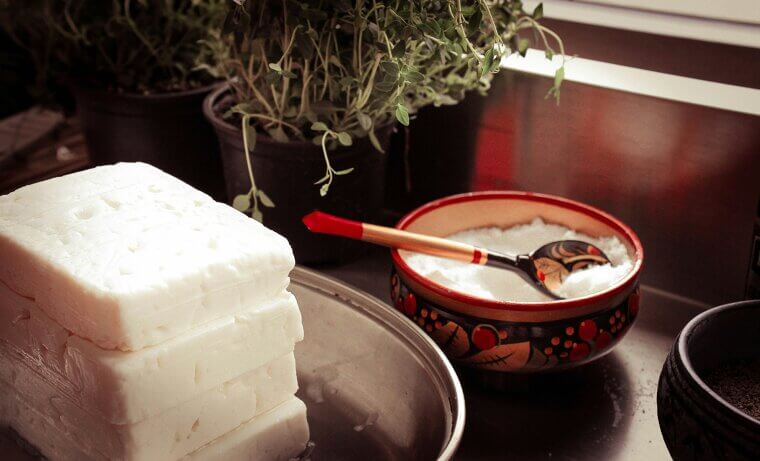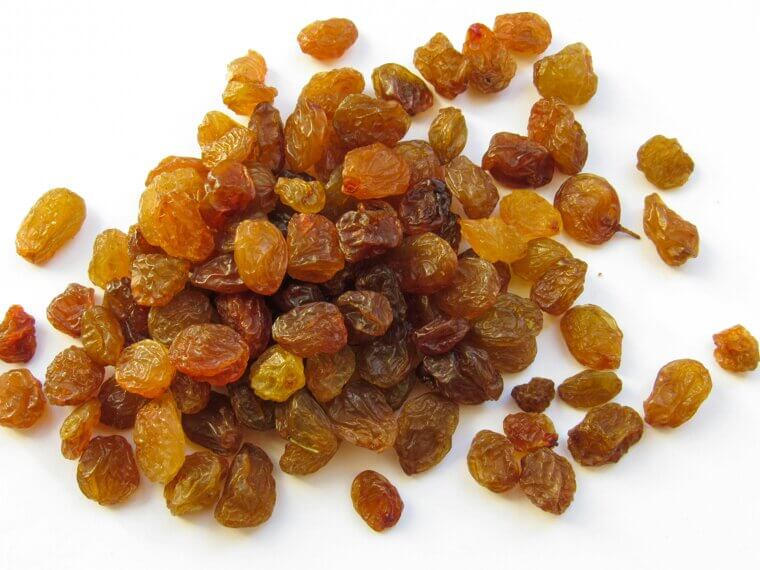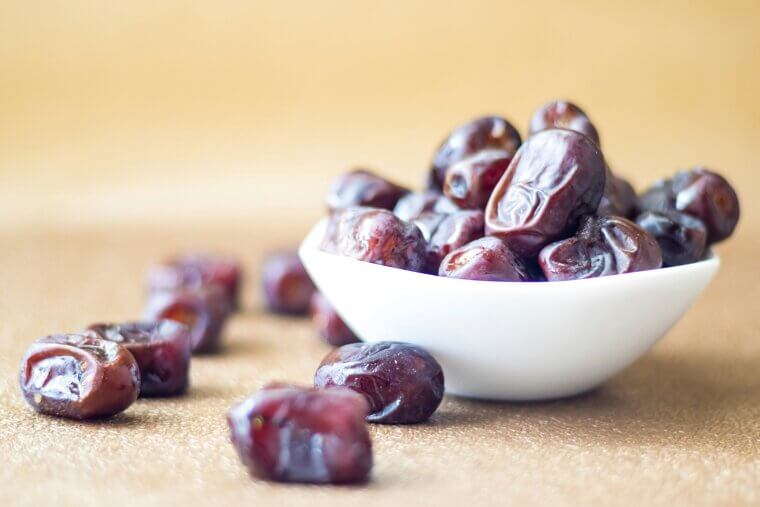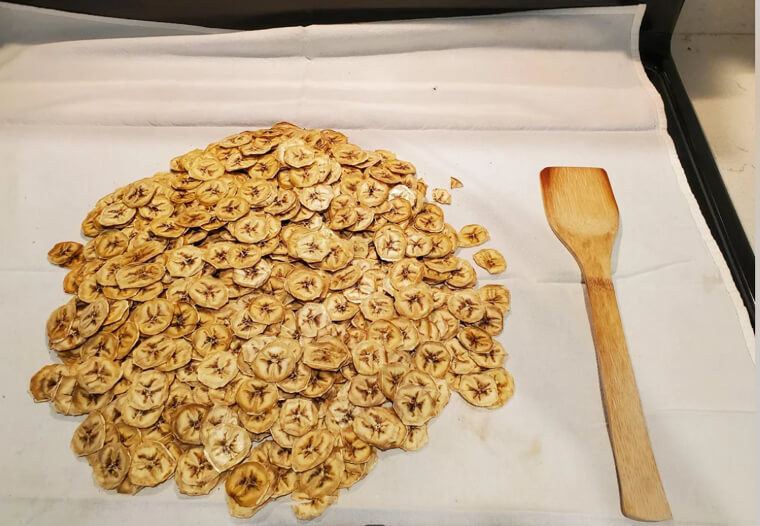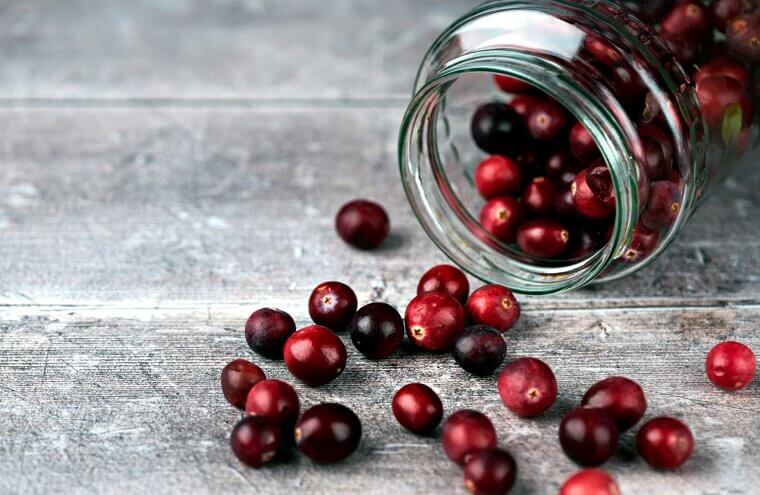Think You're Cutting Sugar? These Common Foods Will Surprise You
Skipping cakes and cookies doesn’t mean you’re cutting out sugar. According to the American Heart Association, the average American still consumes approximately 22 teaspoons of added sugar a day, often without realizing it. Here’s where those hidden sugars are coming from.
Bread
Whether it’s whole-grain, whole-wheat, or multigrain bread, each contains a notable amount of natural sugar. During the bread-making process, yeast fermentation converts starch into sugar, which increases the overall sugar level.
Yogurt
Even plain, natural yogurt contains some naturally occurring sugar in the form of lactose (milk sugar). Sweetened or flavored varieties, however, can have a much higher sugar content — often around 17 grams in just ⅔ cup (150 g). Choosing unsweetened yogurt can help you avoid added sugars while still enjoying the nutritional benefits of dairy.
Salad Dressing
Don’t be misled by low-fat or fat-free labels—salad dressings can be one of the biggest sources of hidden sugar in your diet. They may not taste sweet, but many bottled dressings pack surprising amounts of sugar into every serving. Creamy and ‘light’ varieties are often the worst offenders, loaded with unnecessary additives and sweeteners. Depending on the brand, a simple two-tablespoon serving can contain anywhere from 1–2 grams to over 6 grams of sugar.
Pizza
We all love pizza for how it tastes. While it might not taste sweet, pizza has a significant amount of sugar. On average it contains 1 to 2 grams of sugar per slice. The source of sugar content is pizza dough and marinara sauce.
Beverages
Many beverages contain artificial sweeteners and added sugars like fructose and sucrose, which can result in several health issues, including obesity, tooth decay, diabetes, and heart disease.
Breakfast Cereals
Breakfast cereals are considered a healthy choice, especially for children, but their sugar content can be surprisingly high. Many cereals rely on added sugars not just for taste, but also to preserve their crunch. Over time, this excess sugar may contribute to health problems such as insulin resistance. For a more wholesome alternative, try plain oatmeal topped with fresh fruits like strawberries, bananas, or blueberries for natural sweetness and extra nutrients.
Barbeque Sauce
Barbecue sauce may not look sugary at first glance, but each serving typically contains 4 to 6 grams of sugar. Sugar is a key ingredient that enhances the sauce’s sweetness, rich color, and smooth texture. Nearly one-third of its total weight comes from sugar alone.
Dried Fruits
It might sound a little strange, but dried fruits contain a significant amount of sugar. Sugar naturally enhances their flavor, making them taste sweeter and more appealing. Water is removed during the drying process, and sugar becomes more concentrated in dried fruits than in fresh fruits. Dried cranberries are a great example of dried fruits with significant sugar content.
Fresh Juice
Like whole fruits, 100% fresh fruit juice provides essential vitamins and minerals. However, many fruit juices contain added sugars, which can lead to health issues over time. Because juice lacks the fiber found in whole fruits, its sugar content is absorbed more quickly, increasing the risk of problems such as diabetes.
Spaghetti Sauce
Just like tomato sauce, spaghetti sauce contains some natural sugar. However, it can also contain added sugars to enhance flavor and preserve texture. The best way to avoid sugar is to make your own spaghetti sauce.
Canned Fruits
Most canned fruits are preserved with high-fructose corn syrup, which significantly increases their sugar content. Aside from preservation purposes, this syrup also enhances flavor. Whenever possible, fresh fruit is the healthiest choice. If fresh options aren’t available, frozen fruit from the store’s freezer section is a smart alternative in the winter.
Peanut Butter
Visit the grocery store, and you will see your all-time favorite peanut butter labeled ‘high fructose corn syrup’ or other alternative artificial sweetening. A typical serving of peanut butter contains 1-2 grams of sugar. Depending upon specific ingredients and processing methods, some brands contain more or less sugar.
Chocolate Milk
This nutritious drink is flavored with cocoa and sweetened with sugar, making it a hidden source of sugar. Chocolate milk has high nutritional value and contains calcium and protein. However, 1 serving of chocolate milk contains 12 grams of added sugar.
Granola
This low-fat food is made up of oats, which are a great source of fiber, fat, and protein. To improve the flavor and texture, the oat is combined with honey and nuts, both of which contain an increased amount of sugar, thus making granola one of the hidden sources of sugar. If you want to avoid sugar intake, try to make your own granola at home or choose one with less sugar content.
Sports Drinks
Also known as electrolytes, sports drinks are considered a healthy choice for those who exercise, but they contain a lot of sugar content, which can be quickly absorbed. Thus, many sports drinks can cause metabolic disease or obesity. It’s advisable to stick to the water while exercising unless you are an elite athlete or pro runner.
Soup
Soup, which is made up of whole ingredients, is a healthy choice, and does not generally contain sugar. If you prepare soup with fresh vegetables, it can be consumed without any serious effort and is sugar-free. However, if it’s commercially prepared, it contains sugar, specifically dextrose, maltose, sucrose, and other syrups. Always watch for the labels to ensure you consume the least sugar content.
Ice Tea
Expect your favorite ice tea to contain some amount of sugar, as it’s flavored with syrup and other sweetners. Ice tea contains various amounts of flavors therefore the exact sugar content can be different based on ingredients, and brands. For example, a 12-ounce serving of ice tea would contain 35g of sugar. If you’d like to go sugar free, opt for the regular tea or choose ice tea without any sugar labels.
Crackers & Rice Cakes
Crackers & rice cakes are great for snacking occasions. Essentially, they are made with whole grain and nicely baked to a texture. However, various cakes contain different sugar content to achieve the desired texture and improve the taste.
Premade Smoothies
A smoothie is a blended form of yogurt or milk with fresh fruits. While it’s a great way to start your day, not all smoothies are equally healthy. Some smoothies are combined with syrup or ice cream to improve taste, which boosts overall sugar content. A 20-ounce smoothie contains nearly 50 grams of sugar. To control the sugar intake, either you should create a healthy smoothie at home, or be mindful of the portion size that you intake.
Brown Rice Syrup
Brown rice syrup is all glucose as it contains fewer nutrients. Brown rice syrup essentially consists of three kinds of sugar, maltotriose (52%), maltose (45%), and glucose (3%). Since it contains no vitamins and minerals, it can cause tooth decay. Its fructose element is unhealthy.
Plant Based Milk
A plant-based milk is not essentially milk, but rather an extracted juice of plants using technology that looks like milk in texture and form. Manufacturers add oil, salt, and sugar to plant-based milk to improve its taste. For example, soy milk, almond milk, rice milk, or cashew milk can contain 10 grams of sugar.
Flavored Coffee
Thinking you would avoid sugar by skipping the sugar-free coffee, and opting for flavored coffee? You’re wrong. If not more, some coffee chains offer nearly 45 grams of sugar per serving. Flavored coffees or coffee with added sweeteners results in poor health, therefore it’s important to stick to the non-flavored coffee.
Cereal Bars
Do you often get late for the office, but also try to eat something sugar free, and stocked your favorite cereal bars? Think twice! They may sound convenient and healthy, but they are loaded with sugar, and contain little protein and fiber.
Protein Bars
If you are a fitness geek who tries to stay fit by avoiding sugar but also adding protein bars to diet, you’re wrong. Protein bars are one of the unhealthiest snacks that contain nearly 20g of sugar, which make them no different from candy bars. Natural yogurt is a great alternative, if you’d like to stay fit.
Canned Baked Beans
This may sound a little suprising that beans contain sugar, but during the canning process various ingredients are added for the preservation process to make them savory food items. One cup of regular baked beans contains nearly 5 teaspoons of sugar, which is even shocking.
Oatmeal
Instant oatmeal is packed with significant sugar content that can result in higher blood sugar levels. Various flavors are added to improve the taste, which can worsen your health by increasing sugar levels, and then decreasing them abruptly resulting in fatigue and hunger. As a result, they contribute beyond the sugar imbalanes resulting in heart disease.
Molasses
Molasses is high in sugar, a 100 g of molasses contains nearly 75grams of sugar. It’s a by-product of brown sugar and can be used as a source of iron in everyday food. Some studies show that blackstrap molasses contain potassium, magnesium, calcium, iron, and phosphorus.
Honey
How can we forget our all favorite food item, honey! It’s a no-brainer that honey contains sugar, but the amount of sugar is 82g in 100g of honey which is the highest on our list.
Agave Syrup
Just like other syrups in the market, agave syrup is high in sugar. Agave syrup contains artificial sweetners, and added sugar. It’s very dangerous and even worse than sugar, because it contains a significant amount of fructose.
Cottage Cheese
Cottage cheese contains a lot less sugar levels, i.e 100g of cottage cheese contains 2.5g of sugar. It is advisible to limit less cottage cheese in your daily diet because eating it in huge amounts may significanly increase sugar levels.
Raisins
Raisins contain concentrated sugar because graphes are passed through an intensive drying process. While raisins have a great fiber content and nutrients, they are also rich in sugar. Raisins contain nearly 60% of natural sugar because of the intensive drying process.
Dates
100 grams of dates contain up to 81.6 grams of sugar per 100 grams, making them one of the highest hidden sources of sugar on our list. Primarily, dates contain fructose and glucose. As fruits ripen, their sucrose levels decrease while glucose and fructose levels increase.
Dried Banana
Dried bananas contain nearly as much sugar as other dried fruits. 100 grams of dried bananas contain nearly 47 grams of sugar. The higher sugar levels are due to the intensive drying process. As a result, sugar content is concentrated, thus increasing the overall sugar content.
Cranberries
Raw cranberries have a great nutritional value and fiber. They are low on overall calories and carbohydrates. However, cranberries naturally contain a high concentration of sugar, and they are often sweetened further with added sugars.

